
Provinces
The Democratic Socialist Republic of Sri Lanka (known as Ceylon until 1972) is located in the Indian Ocean between the Laccadive Sea in the west and the Bay of Bengal in the east, separated by the Palk Strait and the Gulf of Mannar from Tamil Nadu, an Indian state on the southern coast of the Indian subcontinent.

Provinces
The Democratic Socialist Republic of Sri Lanka (known as Ceylon until 1972) is located in the Indian Ocean between the Laccadive Sea in the west and the Bay of Bengal in the east, separated by the Palk Strait and the Gulf of Mannar from Tamil Nadu, an Indian state on the southern coast of the Indian subcontinent.

Provinces
The Democratic Socialist Republic of Sri Lanka (known as Ceylon until 1972) is located in the Indian Ocean between the Laccadive Sea in the west and the Bay of Bengal in the east, separated by the Palk Strait and the Gulf of Mannar from Tamil Nadu, an Indian state on the southern coast of the Indian subcontinent.
Uva Province
The Uva Province consists of two districts: Badulla and Moneragala while the capital of the province is Badulla. Uva is bordered by the Eastern, Southern and Central provinces. Uva’s symbolic mountain is Namunukula which stands tallest of the mountain range surrounding the Badulla town. One can get spectacular views of Welimada basin, Kataragama and Hambantota beach from Namunukula peak on a clear day. The views of sun rise and sun set are magnificent too.
In the Uva Province are a number of Sri Lanka’s famous waterfalls like Dunhinda Falls, Diyaluma Falls, Rawana Falls, Bambarakanda Falls as well as national parks such as the 9 Yala (lying partly in the Southern and Eastern Provinces) and Gal Oya (lying partly in the Eastern Province). The Gal Oya hills and the central mountains are the main uplands, while the Mahaweli and Menik rivers and Senanayake and Maduru Oya reservoirs are the major waterways. The main heritage sites in and around Badulla are ancient Muthiyangana temple, Dowa temple, Bogoda ancient wooden bridge and Bogoda Buddhist temple. The Muthiyangana temple is located in one end of the Badulla town, Bogoda Wooden Bridge and temple are close to Hali-ela town. Ancient Rawana Buddhist temple is also famous among the tourists who visit Rawana Cave and Rawana waterfall in Ella.
Haputale is a township in the Badulla District and its tallest mountain range is Kirigalpotta. Haputale-Beragala gap gives a splendid view of the Southern and Sabaragamuwa provinces on a clear day. The elevation is 1431 m (4695 ft) above the sea level. The area has a rich biodiversity with a wide variety of flora and fauna. The town has a cooler climate than its surroundings, due to its elevation. The Haputale Pass allows views across the southern plains of Sri Lanka. The south-west boundary of the Uva basin is marked by the Haputale mountain ridges, which continue on to the Horton Plains and Adam’s Peak on the west. CNN named Haputale as the Asia’s most unobserved destinations. Places of interset in Haputaleare; Lipton’s Seat, Adisham Bungalow, Thangamale Sanctuary, Diyaluma Falls, Bambarakanda Falls, Soragune Devalaya, Haldummulla Ayurveda Medicinal Plants Garden, Horton Plains National Park via Boralanda, Dambetenna, and Idalgashinna and Diyaluma (628 ft in height) situated near the Koslanda village.
Another famous city in the province is Bandarawela which is the second largest city in the Badulla District located 28 km south of Badulla. Due to the higher altitude, Bandarawela has a mild climatic condition throughout the year. Therefore, it is popular among the masses for holidaying. Bandarawela is 200 km away from Colombo and about 125 km away from Kandy. Both road and railway transportation facilities are available to reach the area within a few hours. The Bandarawela town, tinted with a colonial past resting amidst lush vegetation has been a base for eco-tourism. During the British rule, the city underwent rapid development especially the infrastructures and human resources due to tea plantations and migration of the British and local people to the area. A lot of past evidences can be seen belonging to the colonial period. There are few buildings still remaining, built during the British rule with British architectural influence, some of such buildings are the Bandarawela Hotel, the Cargill’s building and the Tennis Club.
Ancient Dowa Buddhist Rock Temple is one of the well known heritage sites in this region and the Roman Catholic Church, St. Anthony’s Church and Methodist Church are some other historic places to visit. Ancient Dowa Rock Temple was founded by King Walagamba in the first century BC and is located beside Badulla-Bandarawela highway, 6 km away from the Bandarawela town. It has a 38 ft (12 m) Buddha image sculptured from a rock and some paintings belonging to the Kandyan era, depicting various Jathaka stories. Rawana Ella is o situated on the Ella-Kithalella main road.
Welimada is another popular town in the Badulla District. Welimada is well known for potatoes and vegetables and the Welimada potatoes are the most demanded in the island because of its high quality. The places of interest are Div urumwela Old Temple, Sthripura Caves, and Bomburu Ella. Sthripura Cave is located at Kiriwanagama about 16 km from Welimada. The Cave consists of a series of three caves. The cave had been used by the King Rawana of Sri Lanka to hide the abducted princess Seetha.
Moneragala, meaning the ‘rock of peacock landing’ is another district in the Uva Province and the largest district in Sri Lanka. The Moneragala district is mainly made up of rubber and sugar cane plantations and paddy lands. Farming is the main occupation of the people in this area. Cultivation of land is linked to the monsoon. The savannah-like plain has its share of wildlife such as elephants, peacocks, foxes, buffalos, deer and elks.
The lush green hills form a microclimate deep within Sri Lanka’s dry savannah-like plain where many springs originate. The hills are covered with rubber and cocoa plantations, wild trees and overgrown tea plants. Anteater, wild boar, barking deer, mouse deer, hare, porcupine, python and monkeys are some of the common animals found in these jungles. The hills are the delight of trackers. There are several seasoned paths that wind through these hills. The hills are within 5 miles radius of the Moneragala town. Buttala, a small, town in the district, is home to the Sri Lanka’s largest sugar mill Telawatte Sugar Industries’ which was established in 1981.
Another famous town in the Moneragala District is Kataragama which is a pilgrimage town popular among Buddhists, Hindus, Muslims and the indigenous Veddas of Sri Lanka. The town has Ruhunu Maha Kataragama Devale, a shrine dedicated to Skanda-Murukkan also known as Kataragama Devio. Although Kataragama was a small village in medieval times, today it has become a fast-developing township surrounded by jungles. It also houses the ancient Kiri Vehera Buddhist Stupa. The town has a revered history dating back to the centuries of BCE. It was the seat of rule of many Sinhalese kings during the days of Rohana kingdom. Since 1950s, the city has undergone many improvements in terms of public transportation, medical facilities, and business and hotel services.
-
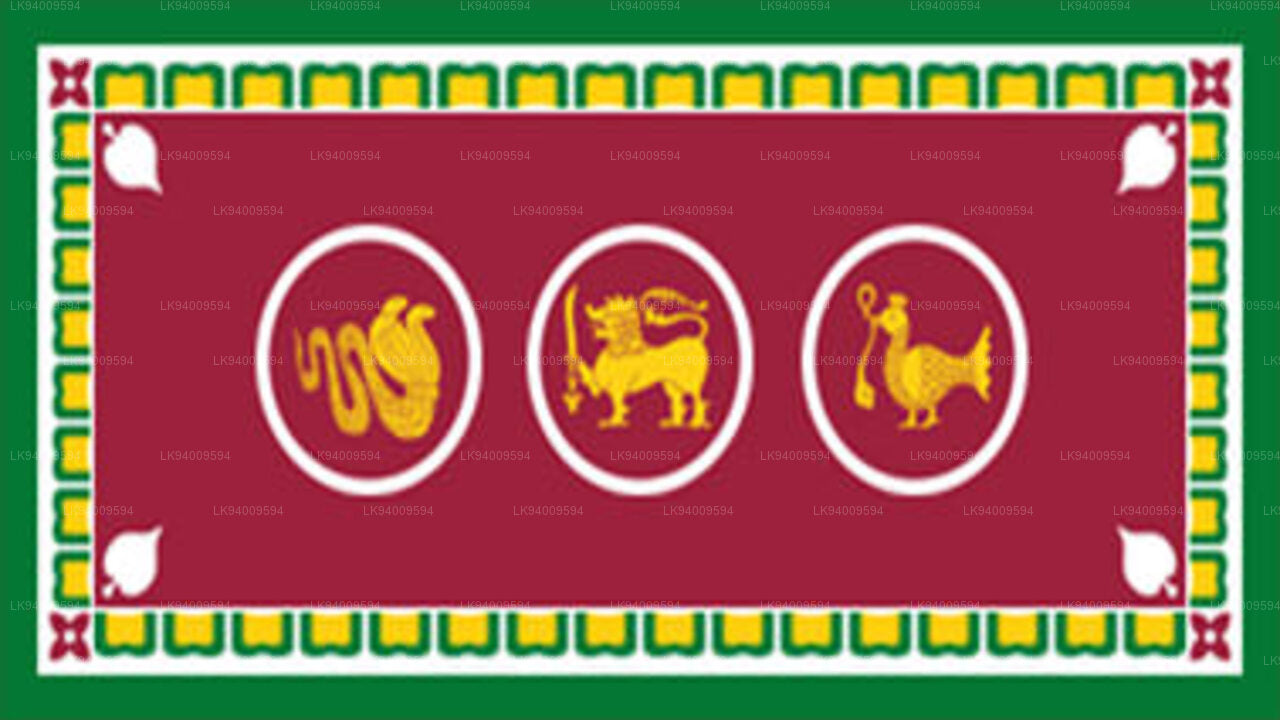 Western Province
Western ProvinceThe most densely populated province of Sri Lanka, the Western Province which is 3,593 km2 in extent is home to the country’s legislative capital Sri Jayewardenepura. It is also home to the country’s commercial hub, Colombo.
-
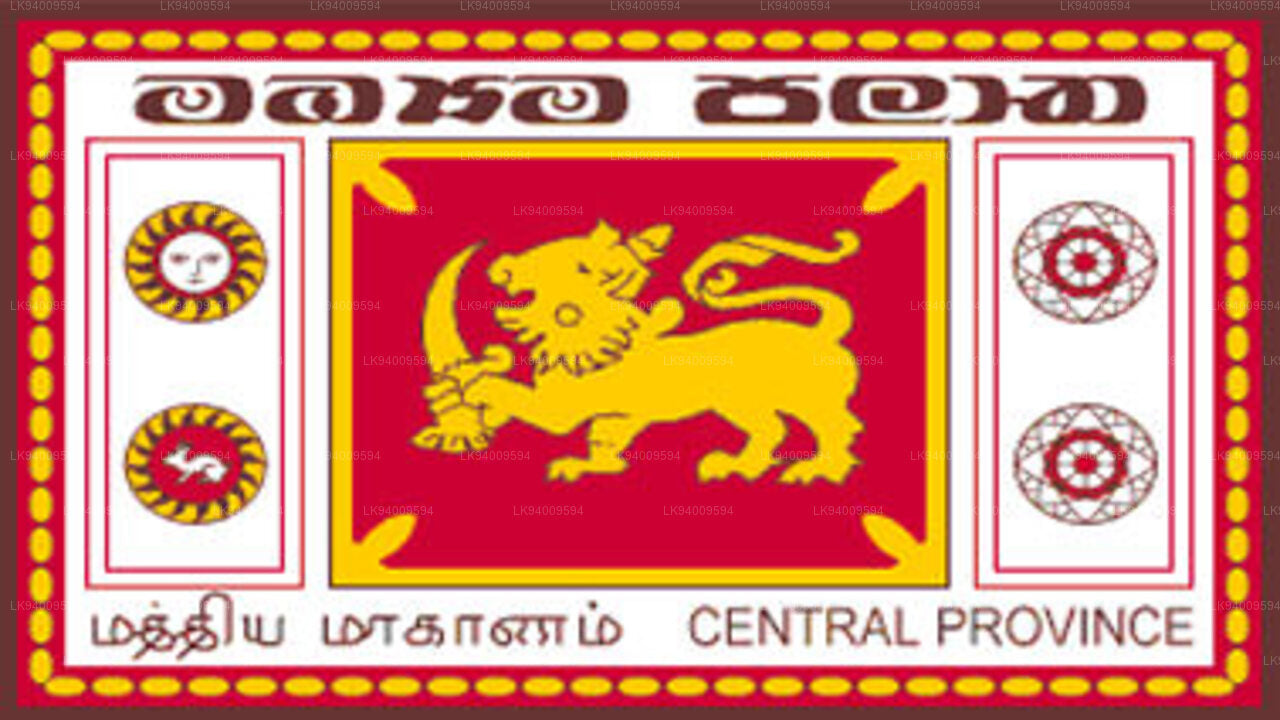 Central Province
Central ProvinceThe Central Province is located in the central hills of Sri Lanka comprising of three administrative districts: Kandy, Matale and Nuwara-Eliya. The land area of the province is 5,575 km2 which is 8.6% of the total land area of Sri Lanka.
-
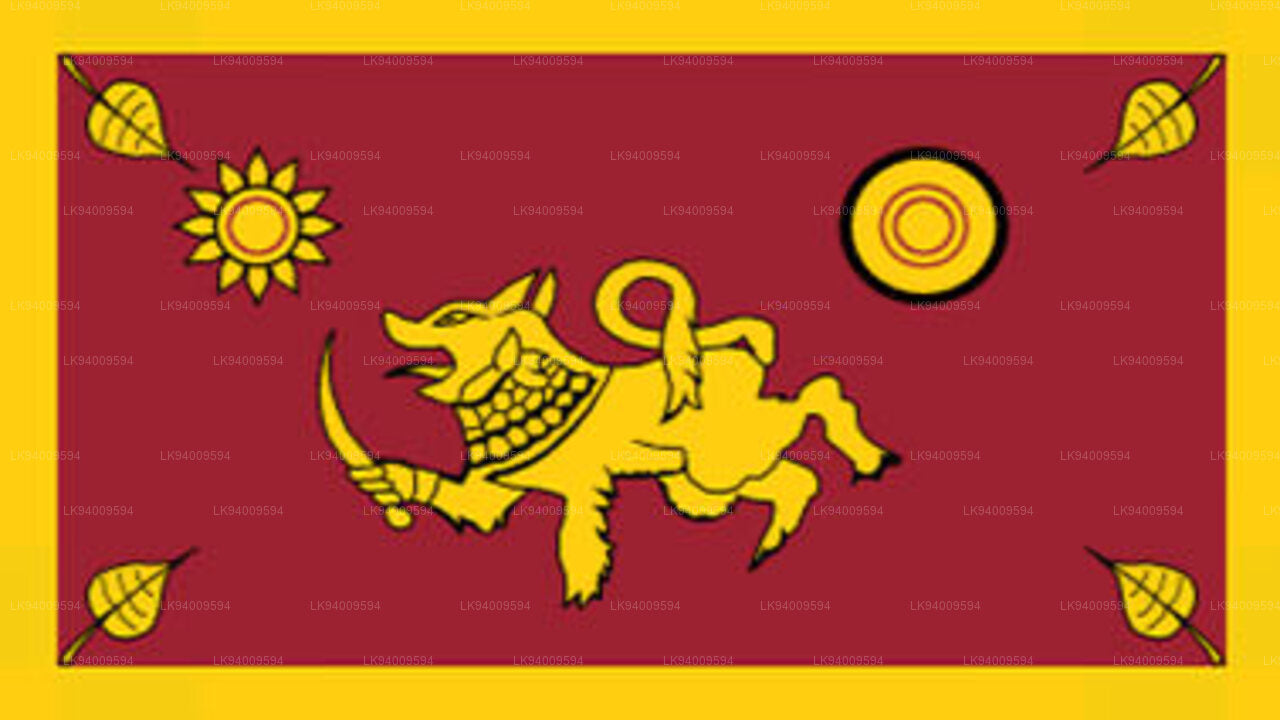 Southern Province
Southern ProvinceThe Southern Province of Sri Lanka is a small geographic area consisting of three districts: Galle, Matara and Hambantota. Farming and fishing are the main sources of income for the vast majority of the people in this region.
-
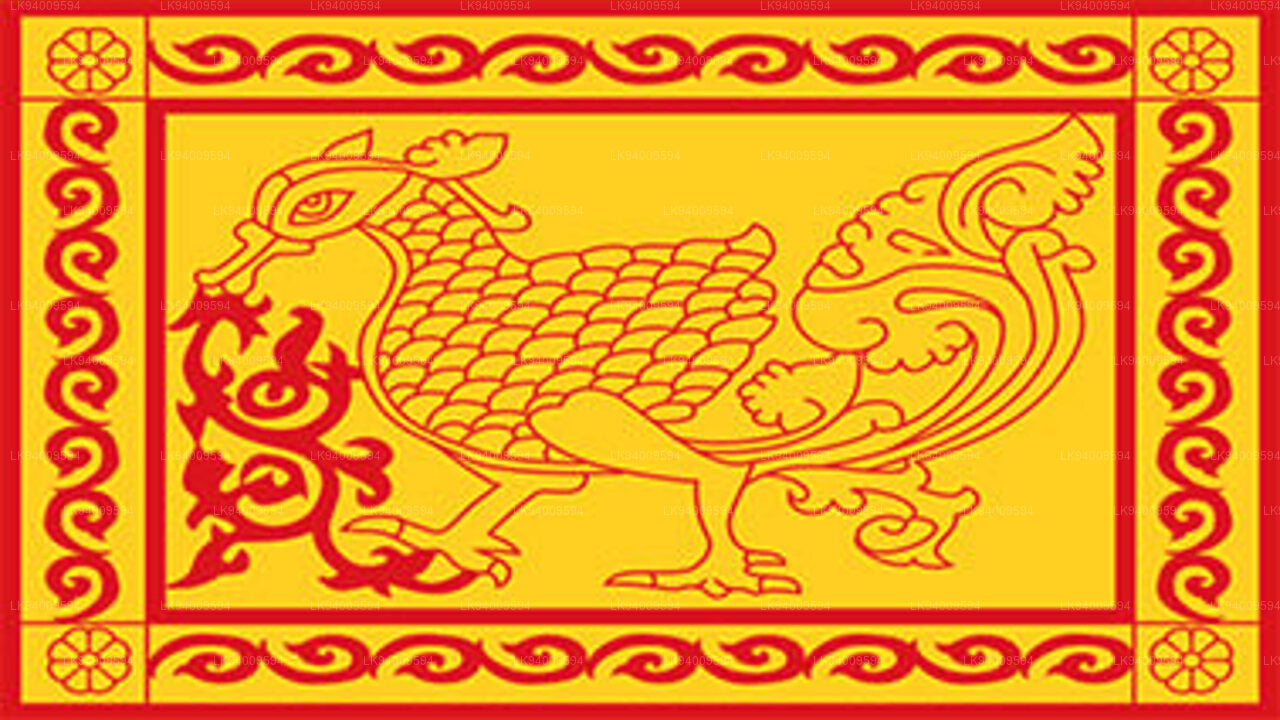 Uva Province
Uva ProvinceThe Uva Province consists of two districts: Badulla and Moneragala while the capital of the province is Badulla. Uva is bordered by the Eastern, Southern and Central provinces.
-
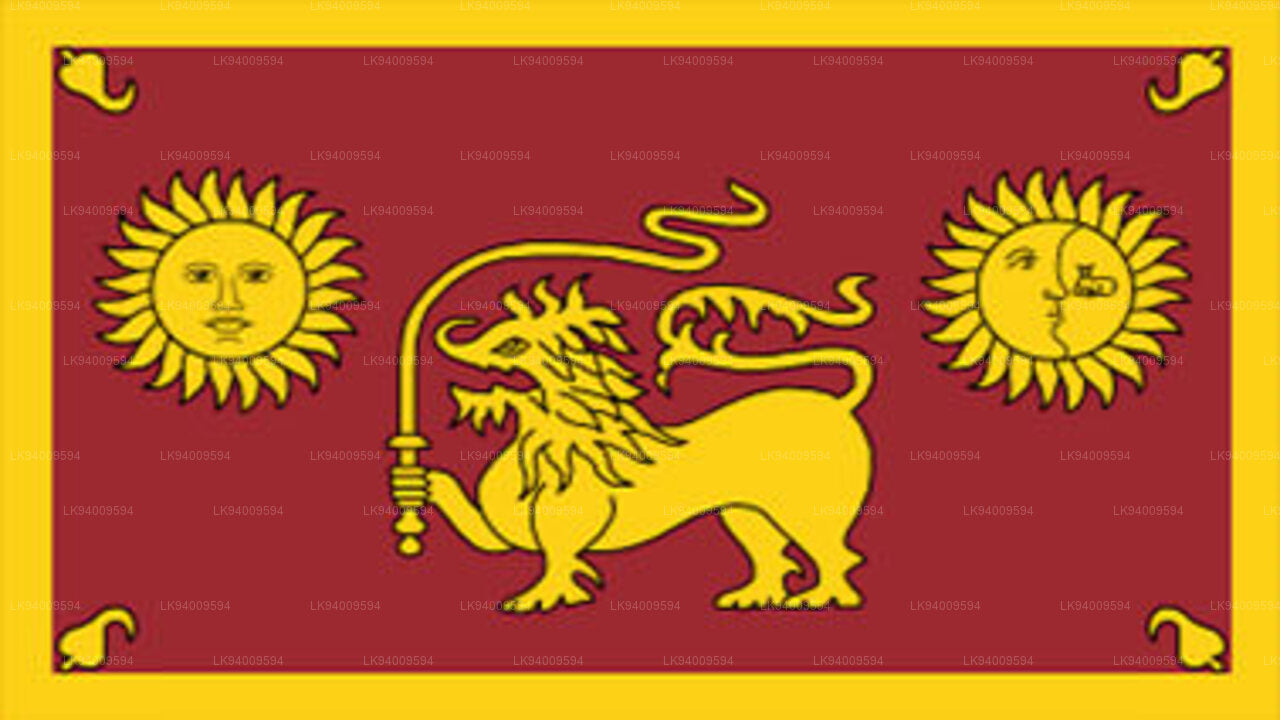 Sabaragamuwa Province
Sabaragamuwa ProvinceSabaragamuwa is yet another province of Sri Lanka, located in the south-central region of the island and is comprised of two administrative districts: Ratnapura and Kegalle.
-
 North Western Province
North Western ProvinceNorth Western Province is comprised of two administrative districts viz. Kurunegala and Puttalam. The provincial capital is Kurunegala that has a population of 28,571. The province is well known for its coconut plantations.
-
 North Central Province
North Central ProvinceThe largest province of Sri Lanka, located in the dry zone being 10,714 km2 in extent, the North Central Province that consists of two administrative districts viz. Anuradhapura and Polonnaruwa,
-
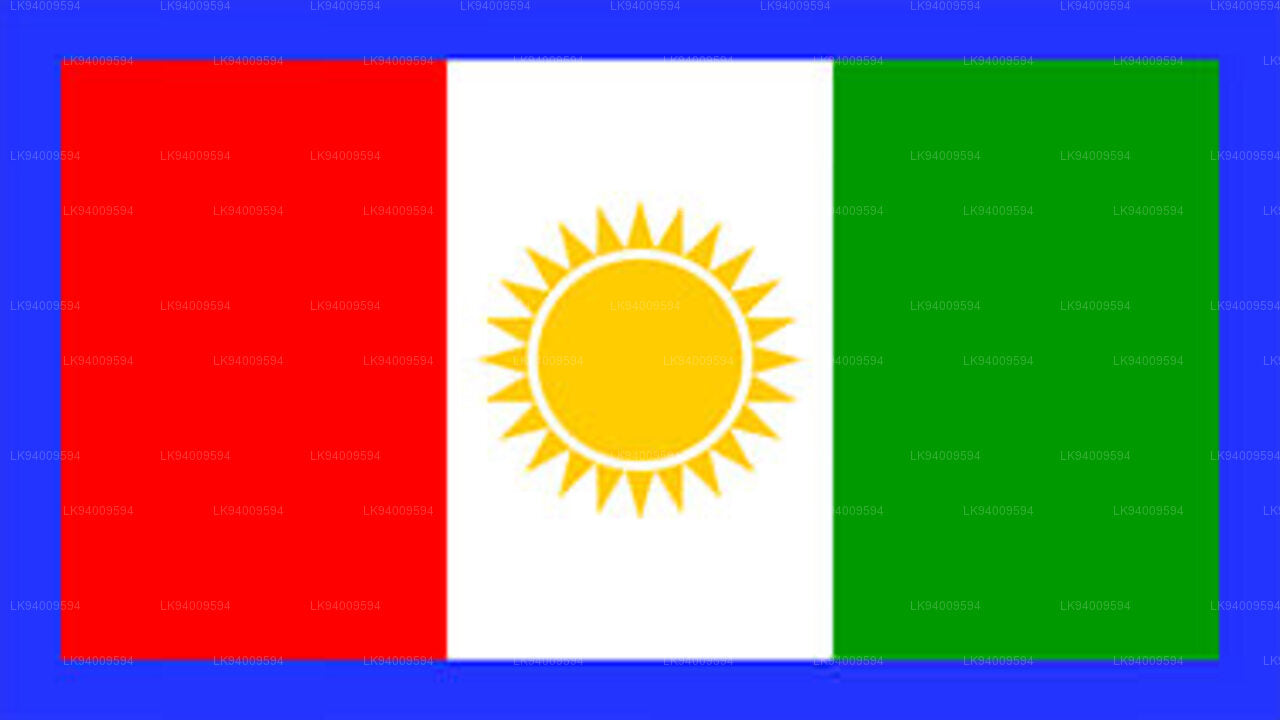 Northern Province
Northern ProvinceThe Northern Province is located in the north of Sri Lanka just 35 km from India. It has a land area of 8,884 km’. The province is surrounded by the Gulf of Mannar and Palk Bay to the west, Palk Strait to the north west, the Bay of Bengal to the north and east and the Eastern, North Central and North Western provinces to the south.
-
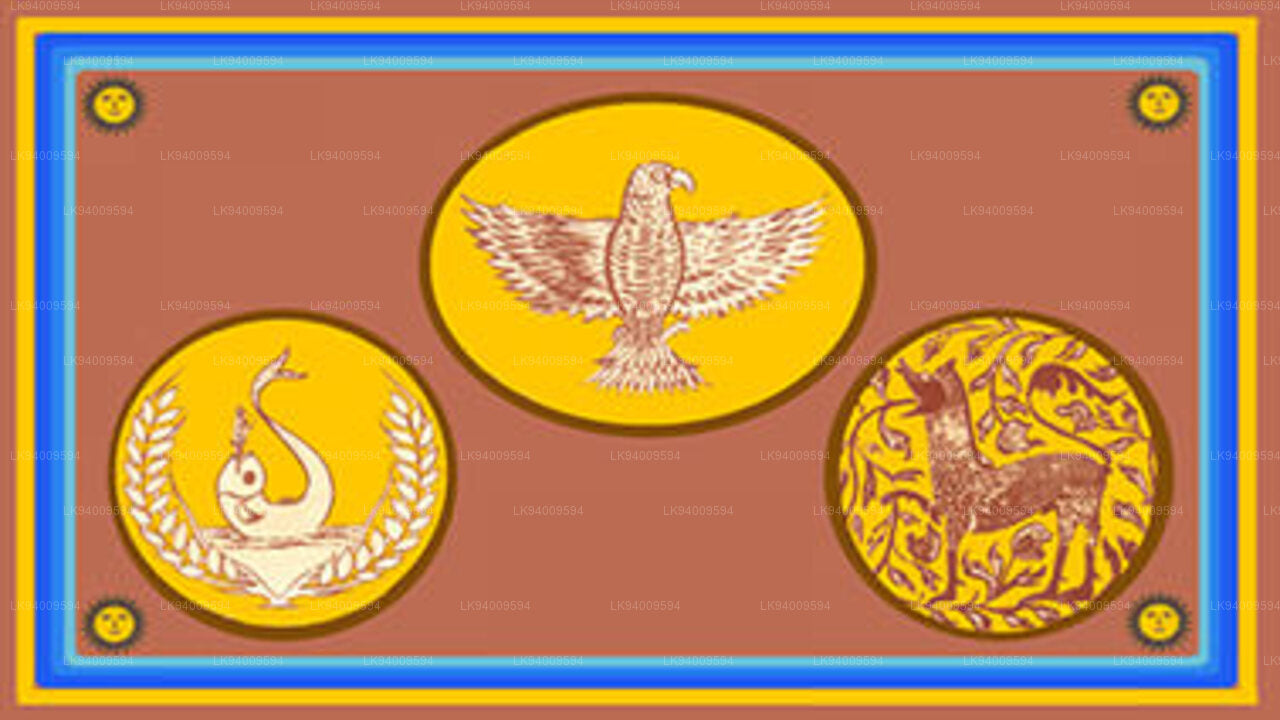 Eastern Province
Eastern ProvinceAnother province of Sri Lanka mostly known for its golden beaches and the natural harbour, the Eastern Province which is 9,996 km2 in extent consists of three administrative districts namely Trincomalee, Batticaloa and Ampara.













